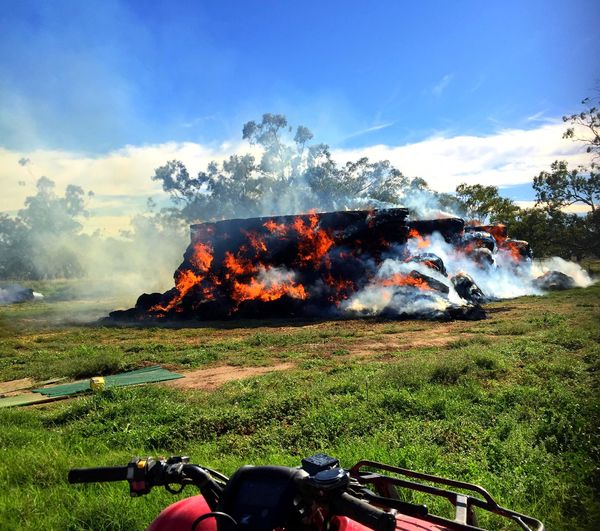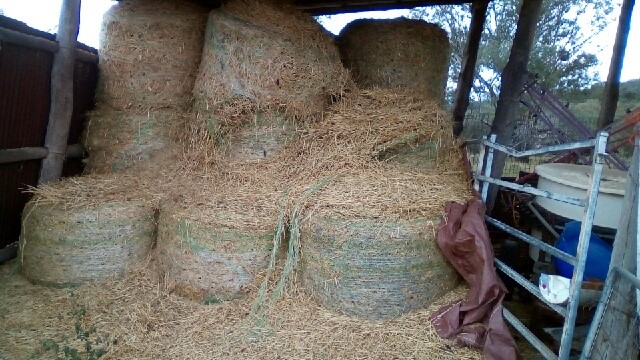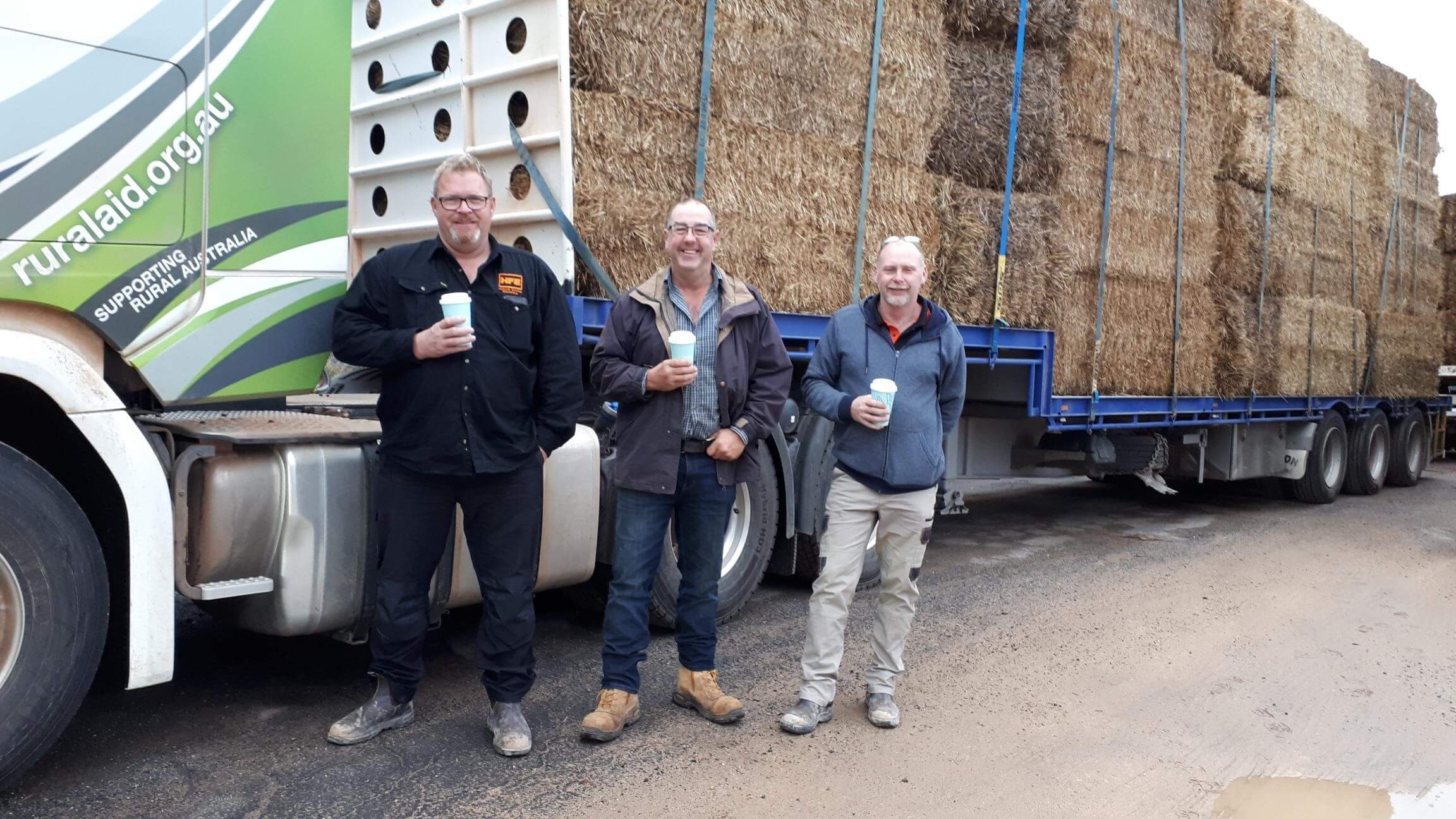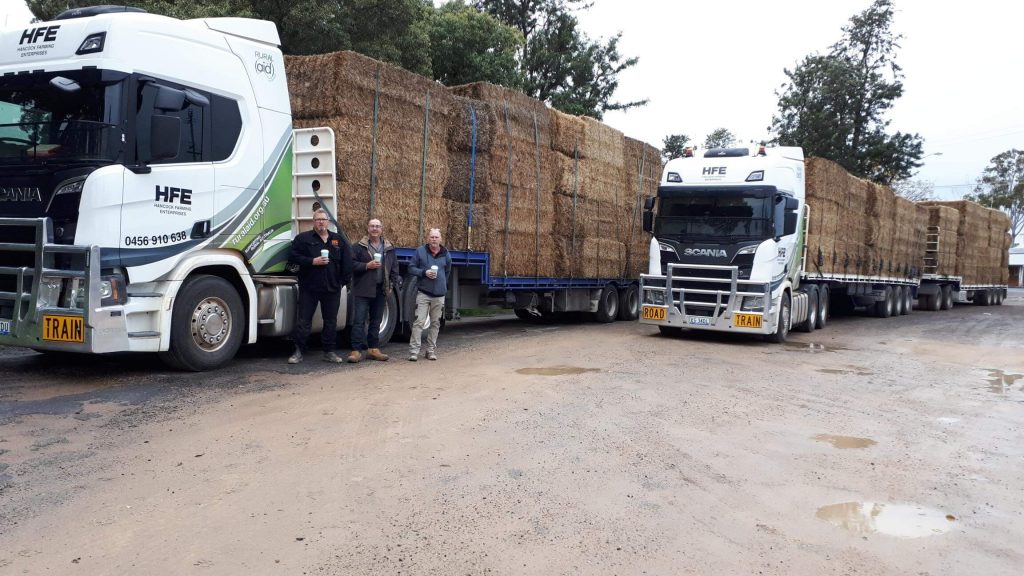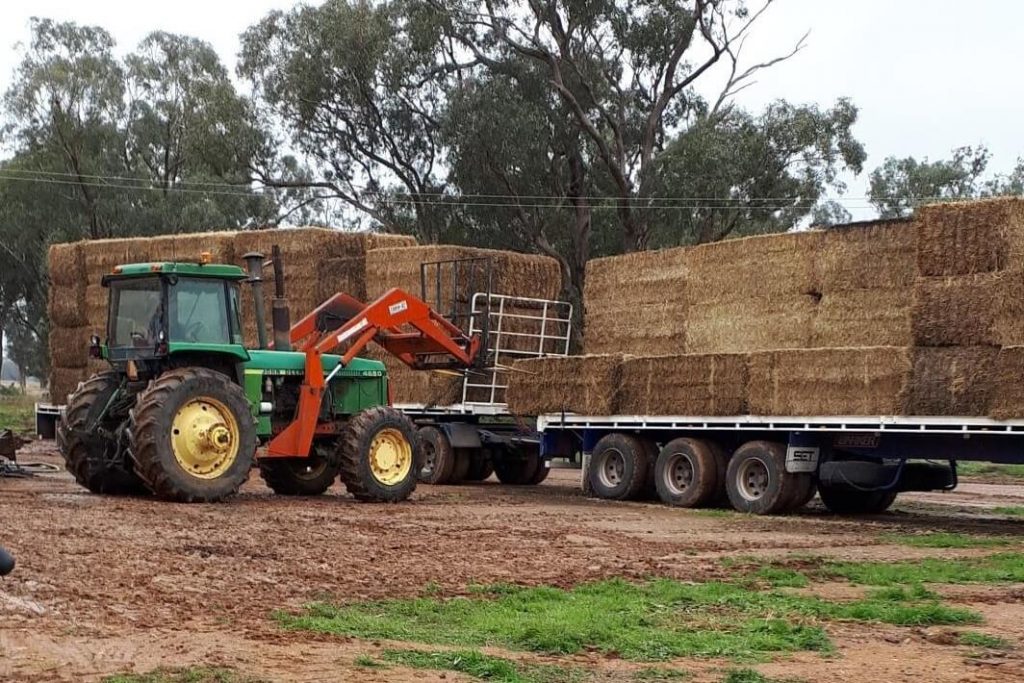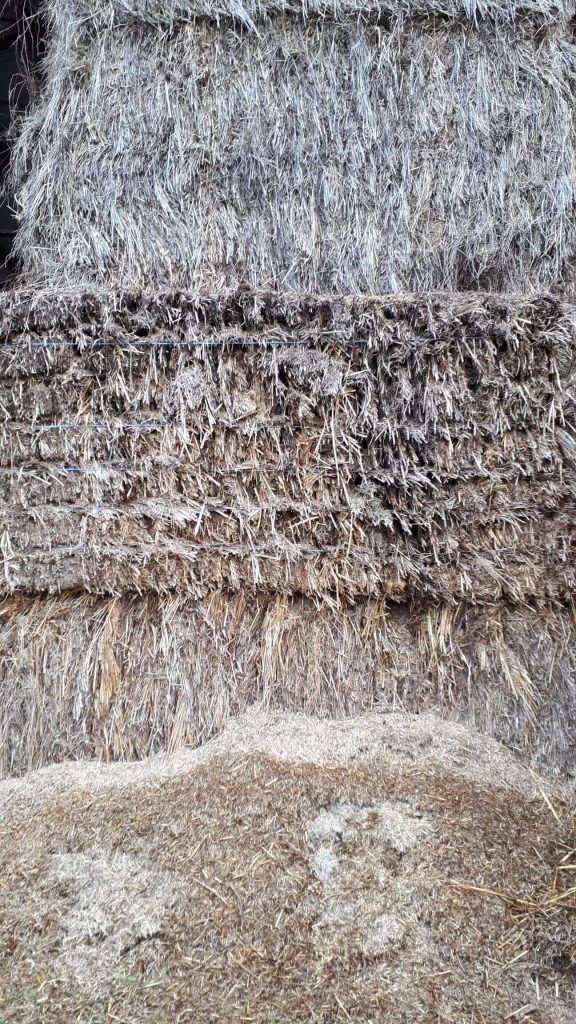Rural Aid reschedules Our Towns week due to Covid-19
| Australia’s leading rural charity, Rural Aid, has rescheduled its Our Towns week in Lockington, due to Covid-19 restrictions. Dozens of volunteers were due to arrive in the northern Victorian town this week, to help Lockington’s Community Development Plan come to life. Lockington is one of ten towns chosen by Rural Aid to receive $100,000 to renew and revitalise their community. The award-winning Our Towns program is hallmarked by a team of incredible Rural Aid volunteers that spend a week making over a small town. Lockington’s Our Towns event will now take place in 2022. An exact date hasn’t been determined yet. Lockington’s local leaders have indicated they will start pursuing some projects in the Community Development Plan before the volunteers’ arrival next year, restrictions permitting. CEO of Rural Aid, John Warlters, said it was important to keep the Lockington community and the Rural Aid team safe at this uncertain time. “Unfortunately, Covid-19 is still posing a significant threat to rural Victoria,” Mr Warlters said. “We’d love nothing more than to be in Lockington next week, lending a hand and kickstarting the Community Development Plan that Rural Aid facilitated. But we’ve made the tough decision to postpone our trip until it is safe to travel again.” “Rural Aid knows it’s a difficult time for farmers, their families and their communities,” Mr Warlters added. “We’re encouraging anyone needing an extra hand to reach out to Rural Aid’s mental wellbeing team. Rural Aid can also provide financial assistance to farmers in need.” Farmers are encouraged to register with Rural Aid by visiting www.ruralaid.org.au or by calling 1300 327 624. The award-winning Our Towns program is part of Rural Aid’s Stonger Futures initiative. Rural Aid is heavily invested in strengthening rural communities through its multi-faceted Stronger Futures program- giving locals the resources and confidence needed to help their region thrive. For interviews or more information, contact Rural Aid media on 0447 116 757 or media@ruralaid.org.au |

